Understanding Store Design Principles and Ideas
Learn effective store design principles and ideas to create a layout that enhances customer flow, engagement, and boosts sales. Discover expert tips and strategies.
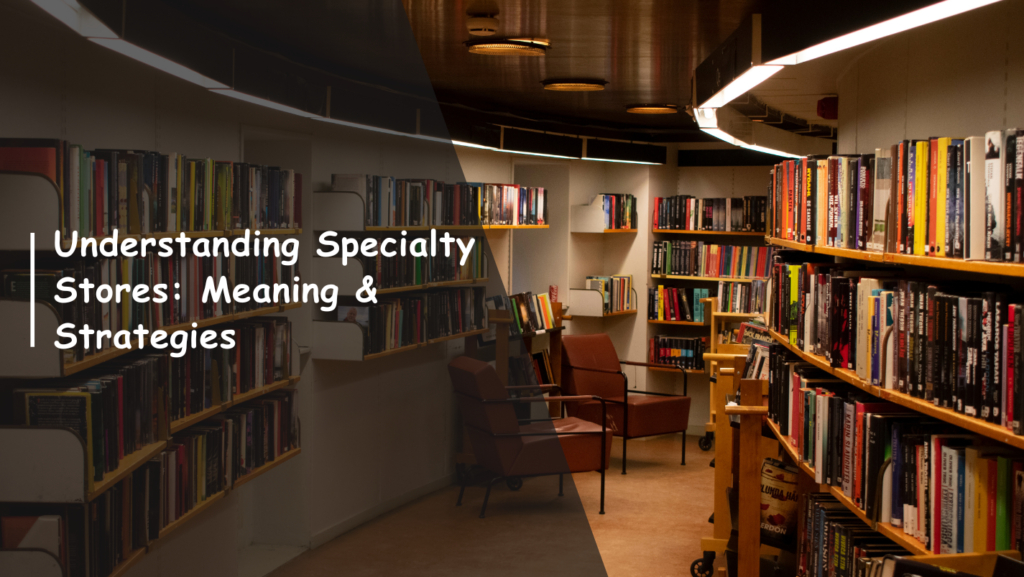
Learn effective store design principles and ideas to create a layout that enhances customer flow, engagement, and boosts sales. Discover expert tips and strategies.

If your store isn’t attracting customers or encouraging purchases, the issue may not be your products, but your layout. Effective store design plays a crucial role in guiding customer flow, highlighting key products, and boosting sales.
While it can be overwhelming to balance budget, durability, and aesthetics, a well-thought-out design makes all the difference. Whether you’re opening a new location or redesigning an existing one, prioritizing customer experience and business functionality is key.
In this guide, we’ll explore how to create a space that works for both your customers and your bottom line. Let’s look into the principles and ideas that make store design truly impactful.
Store design is the strategic planning and arrangement of a retail space to influence how customers experience your brand and interact with your products. It goes beyond how things look; it’s about how people move, what they notice first, how long they stay, and what they take away with them.
When done correctly, store design strikes a balance between visual appeal and practical function. It considers layout, lighting, display fixtures, product placement, and even sensory elements like scent and sound. Every detail works together to tell your brand’s story, support your sales goals, and make the customer journey seamless from entrance to checkout.
With the definition in mind, let’s explore some common store layout types that can help optimize your space.
The layout you choose has a direct impact on how customers navigate your store, interact with products, and make purchasing decisions. Here are four widely used retail layouts, and how each one works:
With that foundation in mind, let’s look into the various layout types you can use to enhance your shopping environment.
Also read: 10 Tips to maximize your sales with retail display racks
Effective store design starts with core principles that align with how your customers think, how your brand is perceived, and how your space functions. When you apply these fundamentals, your layout becomes more than just organized. Here are the key principles you should focus on to create a store that genuinely works..
You can’t design a space without understanding how people move through it. Your layout should guide, not block, natural foot traffic. That means no dead ends, no awkward turns, and no guesswork.
Use wide walkways and clear sightlines. Define a “power wall” just to the right of the entrance, where most customers naturally turn. Place high-interest or high-margin items there. Then, gently lead them deeper using anchor points—highlighted displays, focal lighting, or a change in flooring texture.
A store with good flow doesn’t feel planned; it just feels right.
What customers see when they first walk in sets the tone for their entire visit. If it’s cluttered, dark, or disjointed, that impression lingers. But if it’s sharp, cohesive, and inviting, they’ll keep walking.
Window displays, entry zones, and front-facing racks should act as your brand’s opening line. Curate this space as if you’re introducing someone to your business for the very first time, because you're.
Too much product in too little space, and you’re overwhelmed. Too sparse, and it feels sterile. The balance lies in how you manage space. Give key products room to breathe. Create visual breaks with furniture, floor changes, or vertical height variation for an effective store design.
Space isn’t wasted; it adds contrast. It helps shoppers pause, notice, and consider. This principle is especially critical in premium retail, where calmness is integral to the selling experience.
Good store design invites exploration. Instead of showing everything at once, it reveals itself in layers. Use tiered shelving, staggered heights, and unexpected corners to build curiosity.
Feature tables at varying heights, vertical backdrops, and angled displays can all help establish a narrative arc, so your customers don’t just shop, they wander, browse, and discover.
Lighting shapes how your store feels before your products even get noticed. It’s one of the most overlooked yet impactful elements of store design. Use warm lighting to create a sense of intimacy in apparel or lifestyle stores.
Use cooler tones for technology and tools, and layer ambient, task, and accent lighting to create depth and visual interest. And remember, spotlighting isn’t just for the ceiling. Lighting within shelving or under product platforms can create a dramatic contrast and guide the eye.
Your racks, shelves, and fixtures say more than you think. Wood creates warmth. Matte black metal conveys a sense of utility or minimalism. Glossy finishes convey a sense of modernity or luxury.
Match your material choices to the identity of your store. Durable doesn’t have to be industrial; today’s options allow for functional pieces that make a design statement.
What sells well this month might move to the back next quarter. Your store layout needs to keep up. Utilise modular racks, slatwall panels, or shelving systems that can be easily adjusted to meet your specific needs.
Avoid fixed units where possible. Think of your displays as a stage set; you’ll need to reconfigure them frequently to match the seasons, launches, or promotional cycles for the most effective store design.
Retail design isn’t static. The more flexible your store is, the longer it stays relevant.
Everything in your store should reflect your identity, both visually and emotionally, as well as spatially. If your brand is earthy and organic, don't fill your space with acrylic and chrome. If you're positioning as tech-forward, don’t fall back on generic woodgrain displays.
Each layout brings a unique touch to your store’s flow, but there are key principles that will help ensure your design has a lasting impact. Let’s take a closer look at the foundational elements of effective store design.
Also Read: Essential Safety Measures for Mezzanine Racks: A Comprehensive Guide
Implementing the right strategies can improve flow, highlight key products, and maximize sales potential. Here are some expert tips to help you design a layout that works for both your business and your customers.
Now that we’ve covered the core design principles, it’s time to focus on how to apply them in practical ways. Let’s move on to some expert tips for choosing the correct layout.
Understanding the principles of an effective store design is crucial for creating a space that enhances customer experience and drives sales. Expanda Stand’s range of Retail Display Solutions, Office Furniture, and Industrial Storage Solutions can be seamlessly integrated into your store’s design to elevate its functionality and aesthetics.
By incorporating Expanda Stand’s solutions into your store design, you can implement practical and aesthetically pleasing ideas that enhance both customer and employee experiences.
You can’t design once and call it done. Stores evolve. Customers change, and inventory shifts. Trends move fast. So should your store. The most effective spaces are designed with flexibility in mind, incorporating features such as mobile displays, lighting rigs, and adjustable shelf heights. Track what works. Change what doesn’t. Stay curious and stay relevant.
Looking to upgrade your store design? At Expanda Stand, we specialize in customizable Retail Display Solutions, ergonomic Office Furniture, and efficient Industrial Storage Systems that can evolve with your business. Our products are built to grow with your store, helping you stay ahead of the curve in this fast-changing environment.
Contact us today to learn more about how our solutions can enhance your store design and functionality.
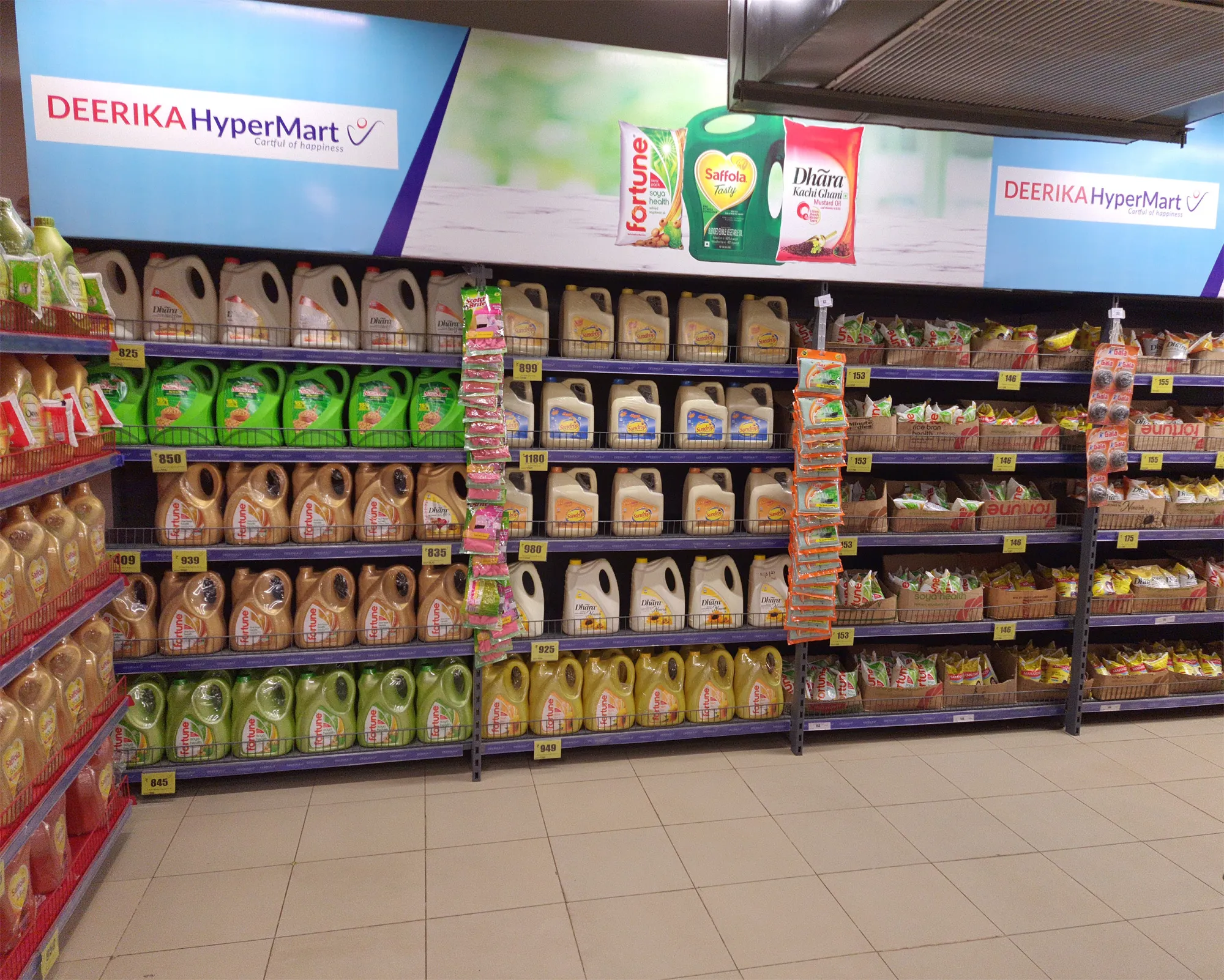
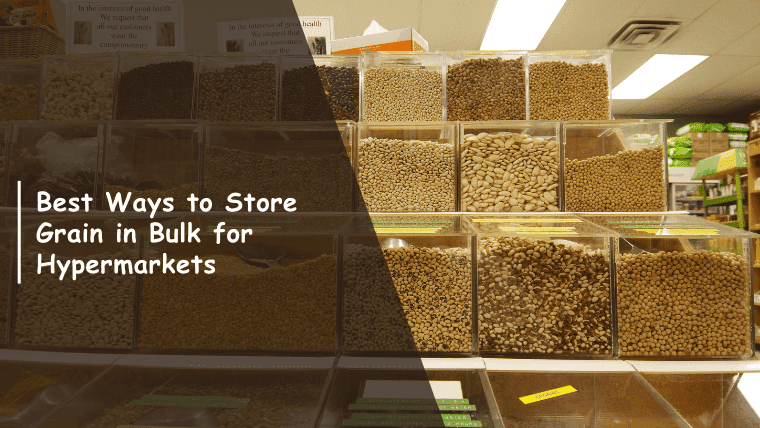
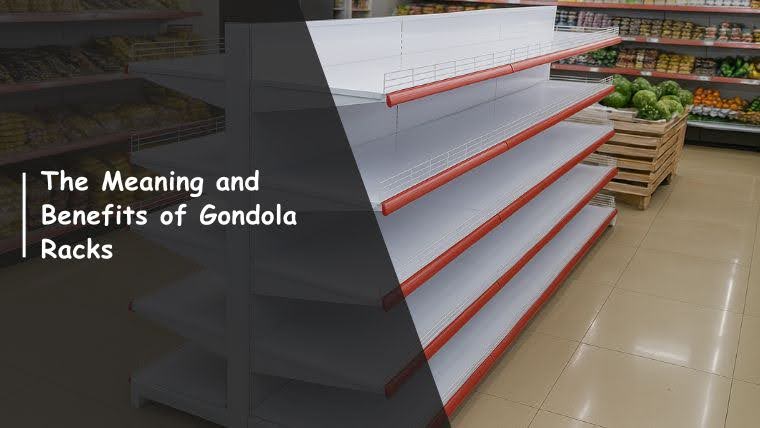
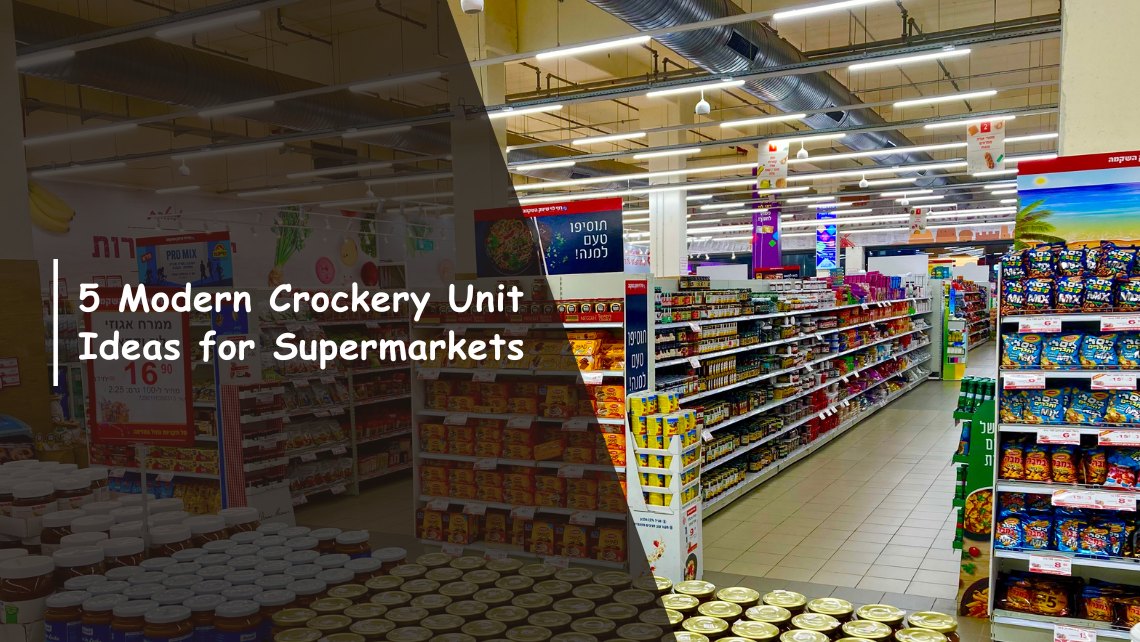
Ready to Upgrade Your Process Operations?